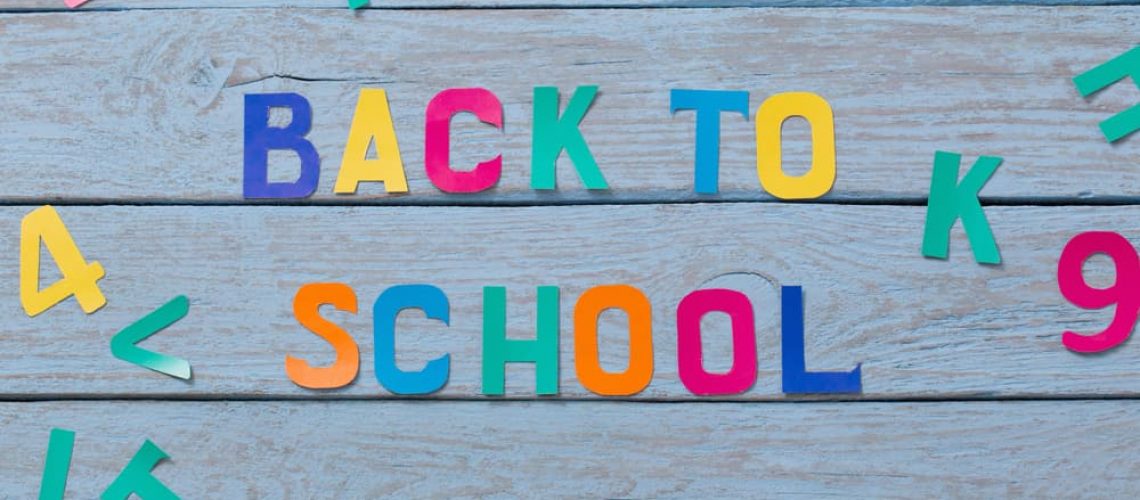While you are busy buying new backpacks, school supplies and lunchboxes for your child it is also essential that parents are aware back to school times are certainly one of the busiest for head lice outbreaks. Why is that? According to the Centers for Disease Control and Prevention head lice are most commonly passed on through direct head to head contact. This means that when children are spending more time together, they are likely passing on head lice more easily.
Things Every Parent Should Be Aware of this Back to School
-Head lice are not able to fly, jump or hop. They use claws attached on the end of their legs to scurry from hair strand to hair strand.
-Head lice are not able to survive longer than 48 hours off of a human host. If an item such as a hat, hoodie or pillow is used by someone else within that period of time, they are able to be infected as well.
-Head lice are not a sign of poor personal hygiene. Anyone can catch head lice at any time.
-Children between the ages of 3-11 are most commonly infected with head lice. However, teens and preteens are showing more and more outbreaks as super lice and the social atmosphere is causing them to spread more rampantly.
–Adults living with small children are much more likely to catch head lice than those that do not.
-Head lice are showing immunities to common over the counter shampoos that have been overused for decades. This is making them harder to kill and increasing the number of outbreaks.
Symptoms to Watch For
-Unfortunately, head lice symptoms do not often show up for three weeks after the initial contact with head lice. At this point, there are likely 10-15 adult head lice on the scalp.
-Signs include red bumps, irritants, itchiness and soreness on the scalp. When head lice bite they leave traces of saliva that can cause irritation and aggravation on the scalp.
–Nits, or lice eggs, are laid very near the scalp on a single strand of hair. They are almost clear in color and therefore can be difficult to spot with the naked eye.
–Lice are light brown in color and about the size of a sesame seed. They often scurry quickly away from direct light and can be difficult to spot.
-Look for traces of nits or head lice on pillows or hair brushes. These items will sometimes be an indication that you have a problem.
Lice Clinics of America St. Charles is your local source for all things head lice. We offer head lice checks for your family to help you determine the extent of your head lice problem. We provide the latest in lice removal technology that helps your family leave our clinic head lice free.

